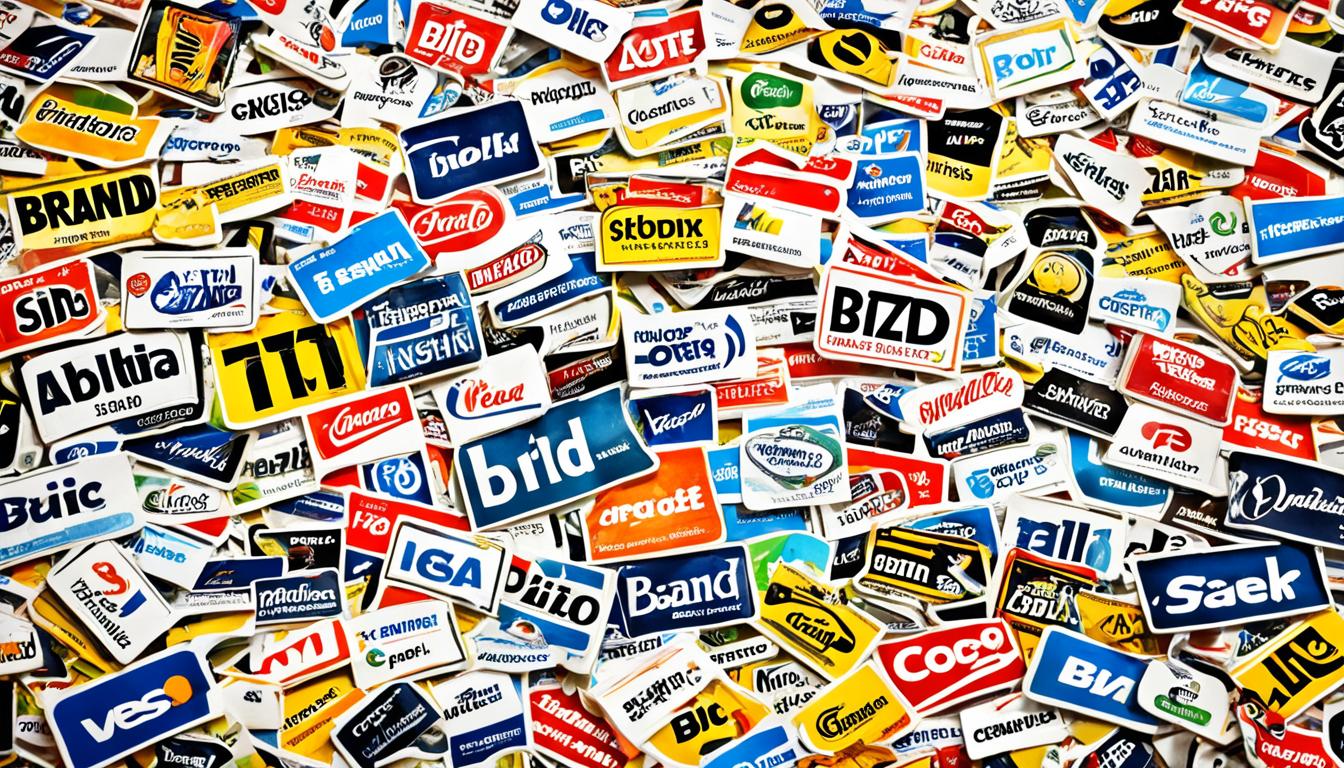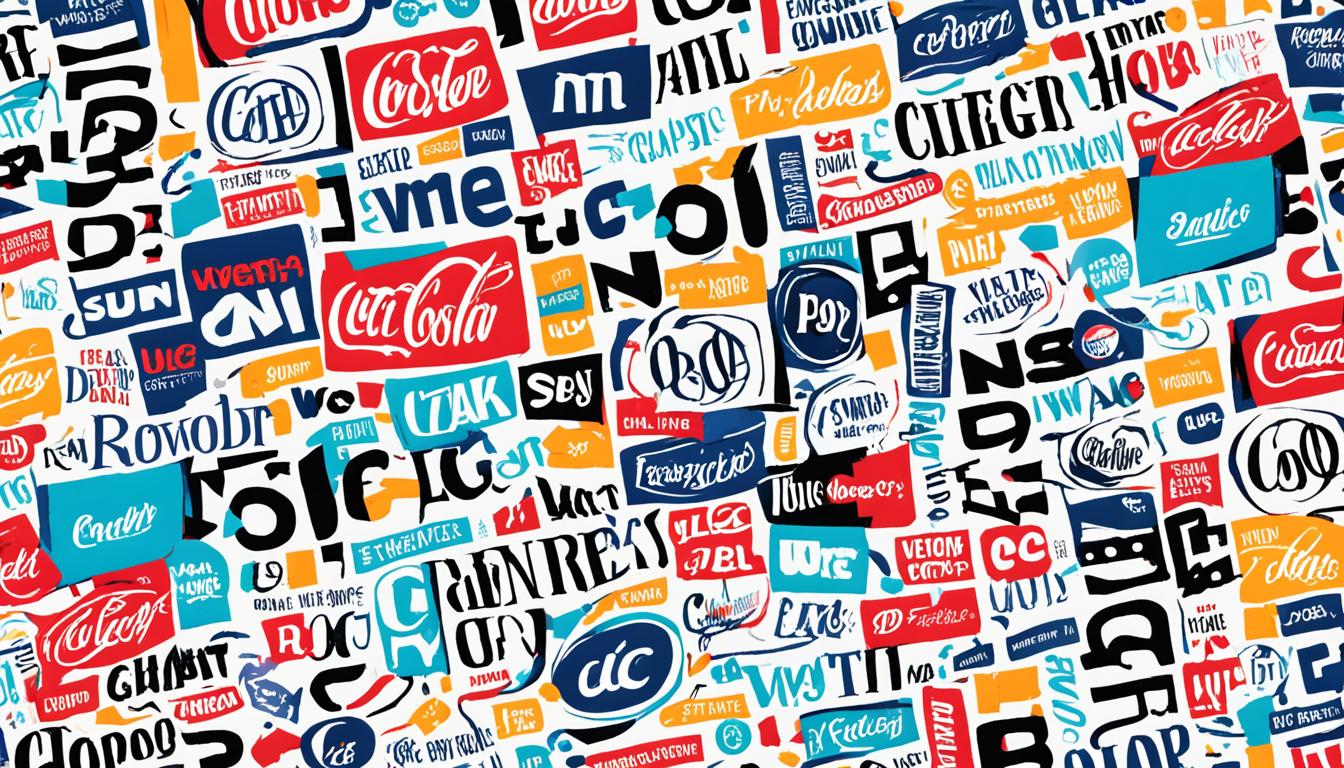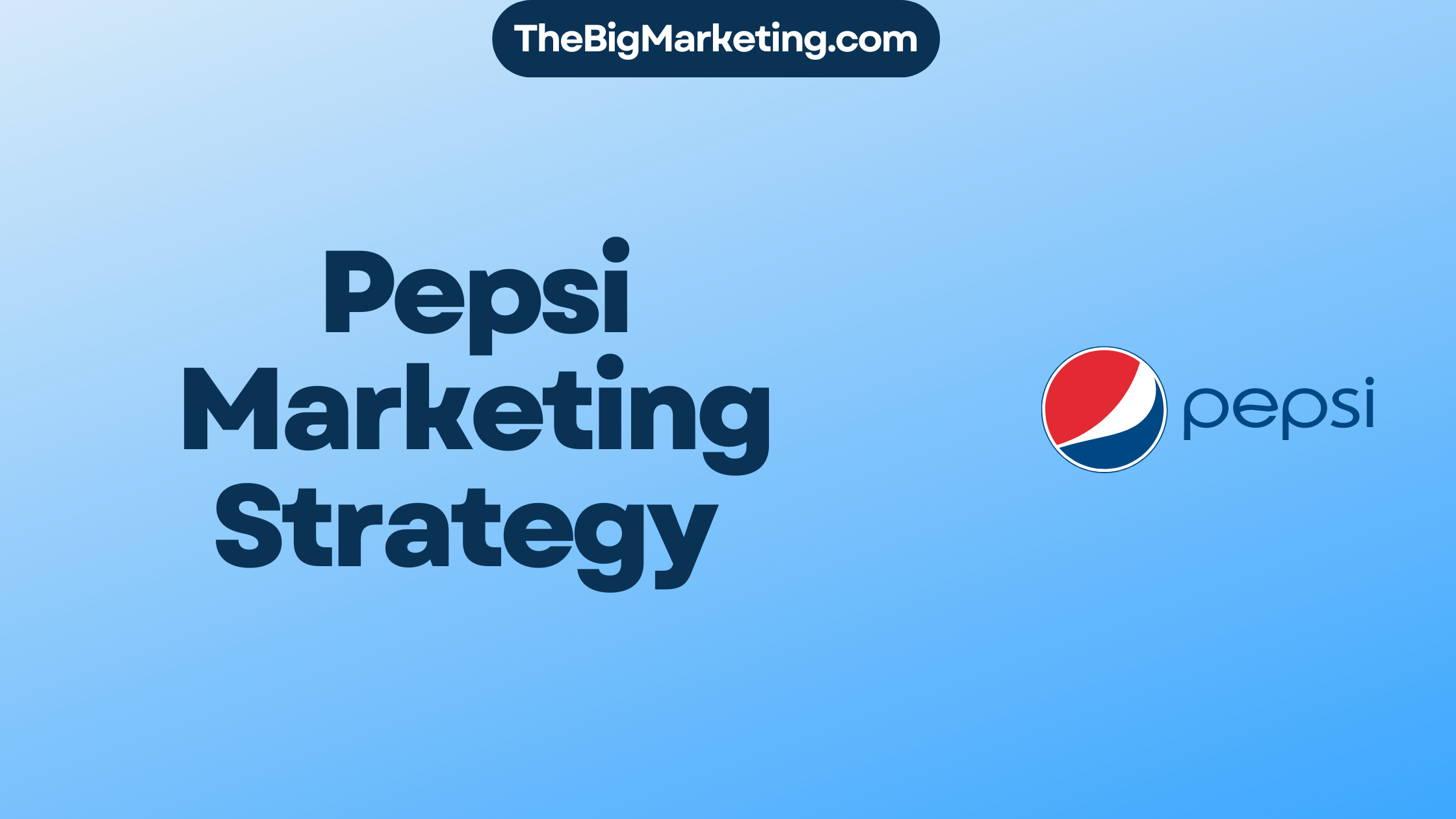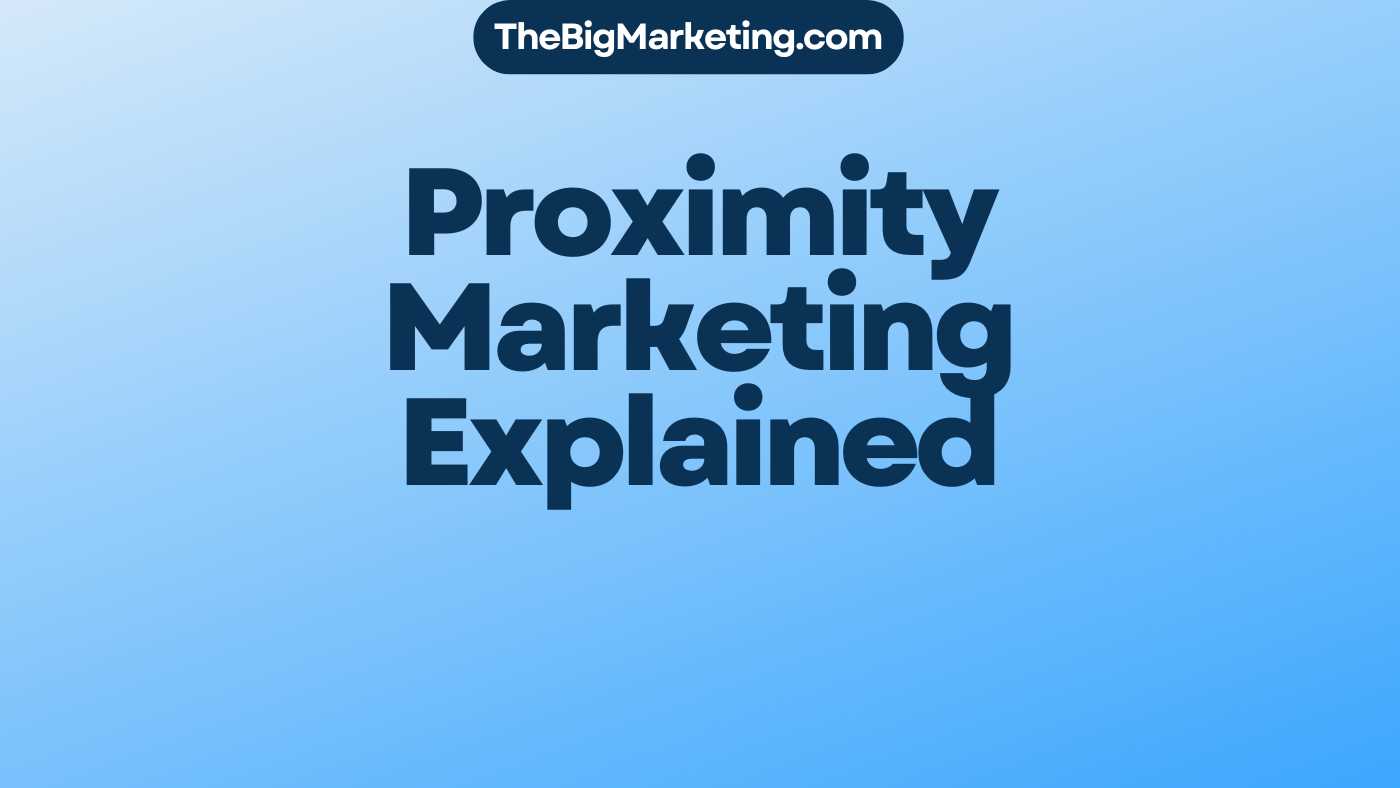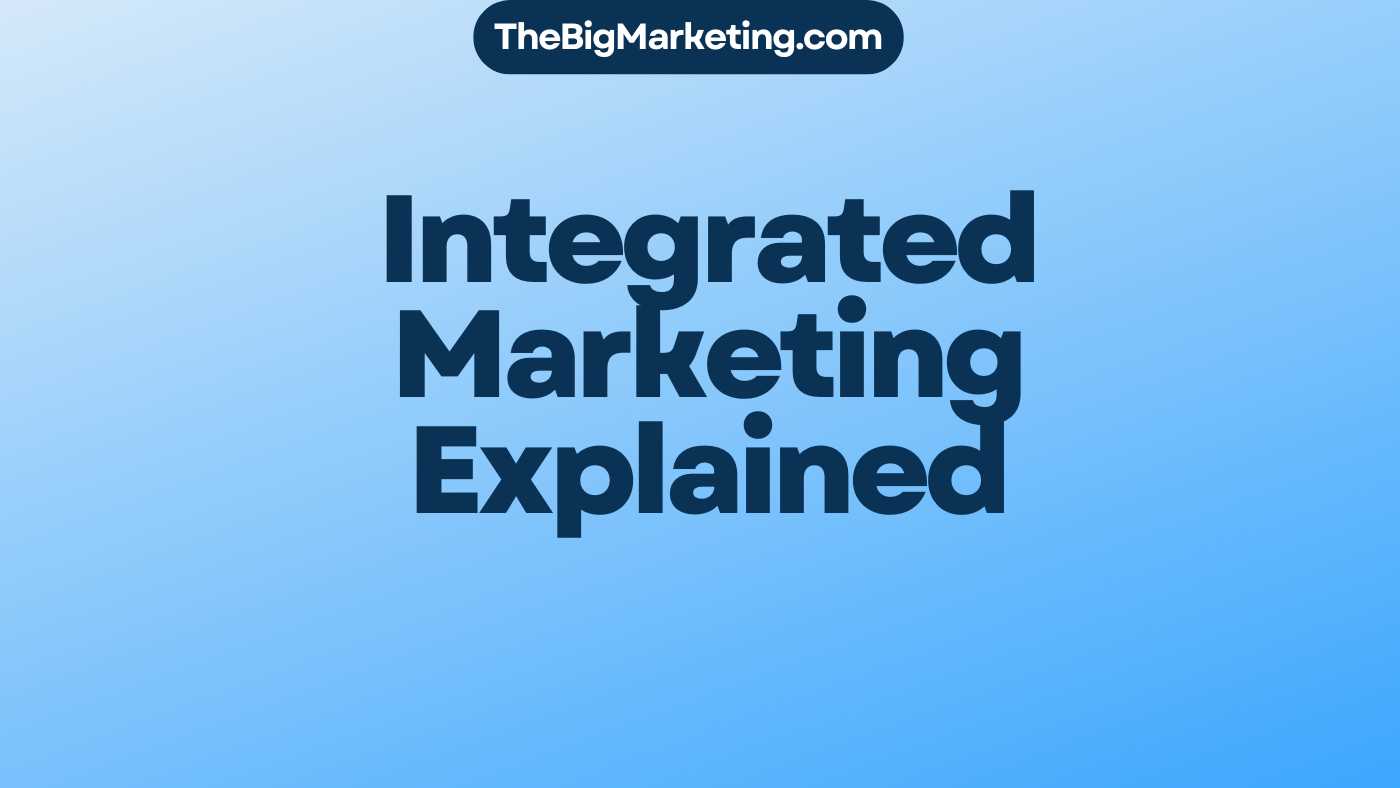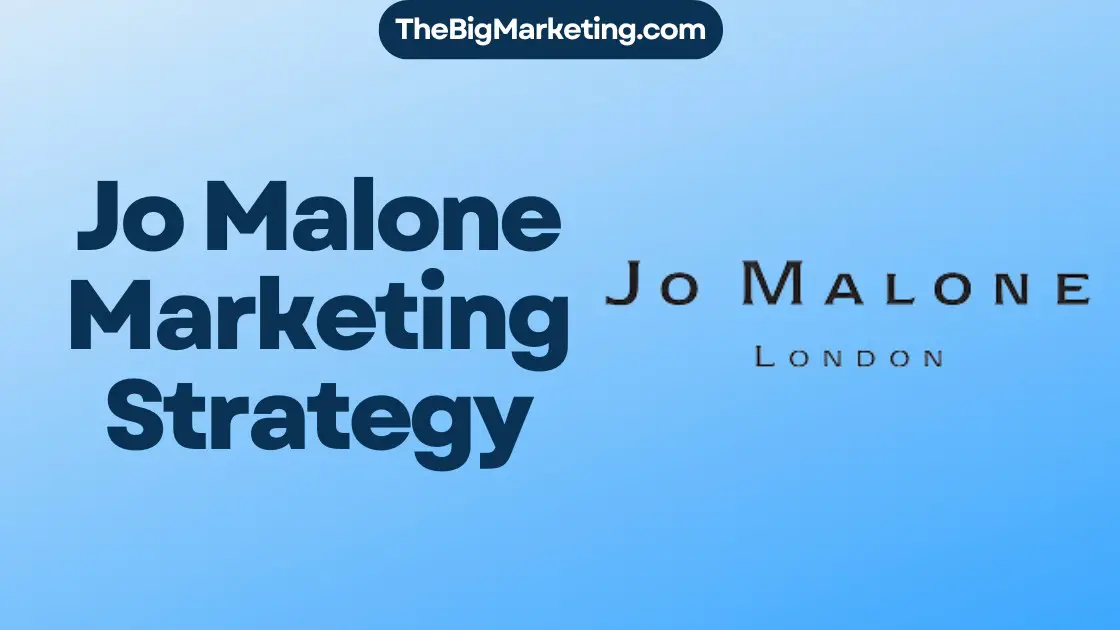Creating buzz in today’s digital world is essential for any campaign or product. Buzz marketing harnesses word-of-mouth and online chatter to boost awareness and sales. Through social media, influencers, and engaging content, brands can spark discussions and make a lasting impression. We’ll look into buzz marketing, how it works, and see successful examples.
Key Takeaways:
- Buzz marketing uses word-of-mouth and online chats to promote campaigns or products.
- Social media and influencers are key to spreading the word broadly.
- It’s vital to craft captivating content, find the right audience, and track outcomes for buzz marketing success.
- Successful examples include viral videos, hashtag movements, and social media interactions.
- While buzz marketing boosts awareness and engagement, it faces hurdles like keeping the surprise and avoiding too much exposure.
What is Buzz Marketing?
Buzz marketing uses word-of-mouth potential to get people talking about a product. It relies on trusted sources like family or influencers to spread the word. This strategy aims to improve awareness, increase traffic, and boost sales.
This approach focuses on sparking conversations both offline and online. It takes advantage of social media and influencers to create a buzz. Through honest discussions, buzz marketing builds interest and excitement. It’s a great way to drive visibility and engage customers more.
The Power of Buzz Marketing
Buzz marketing uses our natural desire to share stories and opinions. It benefits from social media‘s reach to spread the word fast. When people talk positively about a product, it naturally attracts more attention and growth.
Word-of-Mouth Potential and Trust
The success of buzz marketing depends on trusted recommendations. Studies show people trust their close ones over ads. This trust builds an emotional bond, making the campaign more credible. This leads to better customer response and loyalty.
Creating Buzz Through Engaging Content
At the heart of buzz marketing is buzzworthy content. This includes videos, stories, or challenges that grab attention. Such content makes people want to share their excitement. It’s how marketers get conversations started and tap into the campaign’s viral potential.
| Benefits of Buzz Marketing | Challenges of Buzz Marketing |
|---|---|
|
|
How Does Buzz Marketing Work?
Buzz marketing is a lively technique. It uses social media and customer interactions to create excitement around products and services. Companies talk with customers, listen to their feedback, and solve any problems. This way, buzz marketing helps promote products and builds brand awareness through online chats.
Using social media platforms is a key part of buzz marketing. Facebook, Twitter, and Instagram help marketers start conversations, share interesting content, and connect with their audience. These platforms are great for understanding what customers like and need. They make promoting products and services more effective.
Working with influencers is also crucial for buzz marketing. Influencers have lots of followers and are trusted in their special areas. They can spread a brand’s message widely and make it more visible. By teaming up with influencers, businesses can reach more people and create content that truly engages.
Having real-time talks with customers is important too. When companies quickly respond to customer concerns, they show they care. This builds trust and shows the company values customer satisfaction. This strategy helps companies introduce new products, offer deals, and position themselves as industry leaders.
Buzz marketing combines social media, talks with customers, help from influencers, and lively online chats. This makes customers excited and involved. It’s a great way for businesses to promote what they offer, reach a bigger audience, and build strong relationships with their customers.
| Buzz Marketing Methods | Description |
|---|---|
| Social Media Marketing | Utilizing platforms like Facebook, Twitter, and Instagram to engage with customers and create buzz. |
| Influencer Marketing | Partnering with influencers to leverage their following and credibility for promoting products and services. |
| Real-Time Dialogue | Engaging with customers in a timely manner, addressing their concerns, and fostering trust and relationships. |
| Online Conversations | Initiating discussions and conversations with customers to generate excitement and engagement. |
| Feedback and Interactions | Seeking customer feedback, addressing issues, and fostering meaningful interactions to enhance brand loyalty. |
Buzz Marketing Strategies
To effectively use buzz marketing, you can use many strategies from multichannel marketing. These strategies help create a big buzz and reach many people.
Engaging Influential Bloggers
Working with top bloggers is a great strategy. They have many followers and are trusted in their areas. By using their influence, marketers can spread the word about products through posts, reviews, or shout-outs.
Using Website Forums
Forums on websites are good for sparking discussions about brands or products. Marketers can jump into these forums to talk to potential customers. This helps answer questions and build excitement about the brand.
Creating Customer Communities through Podcasts
Podcasts are a great way to build communities of customers. Hosting podcasts that share valuable tips and discussions can make a dedicated base of supporters. This helps spread the word and support the brand.
Utilizing Social Media Platforms and Influencers
Social media is crucial for buzz marketing. Marketers use it to reach lots of people, talk to customers, and share content that could go viral. Influencers on these platforms can help spread the message further and create excitement.
Targeting Connectors and Influencers
Marketers also team up with well-known people and connectors to reach more fans. Working with these individuals boosts credibility and helps more people see the product or campaign, increasing buzz.
| Strategy | Description |
|---|---|
| Engaging Influential Bloggers | Collaborating with influential bloggers to create buzz through content, reviews, or endorsements. |
| Using Website Forums | Participating in relevant website forums to foster conversations and engage with potential customers. |
| Creating Customer Communities through Podcasts | Hosting podcasts to create dedicated customer communities and spark conversations around the brand. |
| Utilizing Social Media Platforms and Influencers | Leveraging social media platforms and collaborating with influencers to reach a wide audience and create viral content. |
| Targeting Connectors and Influencers | Identifying influential connectors and celebrities to lend credibility and exposure to a product or campaign. |
Using these buzz marketing tactics, marketers can use powerful multichannel marketing and influencers to create a lot of excitement. This increases brand awareness and connects with many people.
Examples of Buzz Marketing
Buzz marketing campaigns have shown how powerful they can be. Many companies have used different tactics to get people talking. For instance, they’ve created online videos that are funny, edgy, or just plain odd. These videos got a lot of people buzzing, making others want to share and discuss the content.
Another way to create buzz is through hashtag campaigns on social media. These campaigns get people to use a specific hashtag. This connects them to a bigger conversation, helping the brand reach more people.
The ALS Ice Bucket Challenge is a great example of a hashtag campaign that blew up. People would dump cold water on themselves, then challenge friends to do the same. It raised awareness and money for ALS research.
Dell’s campaign on college campuses is another good example. They brought their latest tech to campuses for students to try. Students talked about their experiences with Dell products, spreading the word.
Super Bowl ads are famous for creating buzz too. Companies spend a lot of money on ads to captivate viewers. These ads get people talking, both during and after the game. This boosts brand awareness.
Wendy’s has mastered buzz marketing with their Twitter roasts and promotions. They’re known for their funny reactions on Twitter. This gets people engaged and talking. Wendy’s also runs promotions during big sports events, getting fans involved.
All these strategies prove buzz marketing’s impact. With creative online videos, viral content, hashtag campaigns, and smart partnerships, brands can get everyone talking. This builds engagement, raises brand awareness, and increases customer involvement.
Types of Buzz Marketing
Buzz marketing uses different triggers to get people talking. These include things that are taboo, outrageous, funny, or unique. Each element helps in grabbing attention and making people curious.
Taboo Trigger
Taboo triggers touch on hot topics that get people talking. They bring up sensitive matters, catching the eye of those who feel strongly. This method gets buzz going.
Outrageous Trigger
Outrageous triggers surprise people by going against the norm. They use shock to get noticed. This grabs attention and sparks conversations about the brand.
Hilarious Trigger
Funny triggers draw people in with laughter. By being witty, they make a memorable impact. This gets folks to share and spread the word.
Secret Trigger
Secret triggers hint at something exclusive. They create a sense of mystery. This makes people curious, leading them to talk and spread the buzz.
Remarkable Trigger
Remarkable triggers are about going beyond what’s expected. They offer fresh ideas or experiences. This grabs attention and gets people talking about what’s offered.
Unusual Trigger
Unusual triggers show something new or different. By standing out from the usual, they intrigue people. This leads to more buzz and engagement.
Using these triggers well can lead to successful buzz marketing. They grab attention, start conversations, and spread excitement about the brand or product.
Best Practices for Creating a Buzz Marketing Campaign
Creating a successful buzz marketing campaign involves several key steps. It’s about knowing your audience, planning carefully, and getting people involved early. Let’s dive into the top practices:
1. Know Your Target Audience
First up, really understanding who you’re aiming at is crucial. This means figuring out what they like, what they don’t, and who they are. When you get this right, your campaign will speak directly to them, making it more likely to succeed.
2. Develop a Strategy that Pushes the Right Buttons
A solid strategy is at the heart of buzz marketing. Think about what excites your audience and what catches their eye. By tapping into their emotions and values, you can create something they’ll truly care about and want to engage with.
3. Build Anticipation
Getting people excited is key. You can do this by giving them sneak peeks or exclusive first looks at what’s coming. Countdowns or hints about something big can spark curiosity and get everyone talking.
4. Encourage Early Engagement
It’s important to get your audience involved as soon as possible. Encourage them to share their thoughts and spread the word. Offering rewards, asking for their opinions, or making part of your campaign interactive are great ways to do this. This approach not only builds buzz but helps create a community feel.
5. Monitor and Learn
Keep an eye on how your campaign is doing. Tracking things like how many people are talking about it, engaging with it, and responding to it can teach you a lot. Use what you learn to fine-tune your approach and make your campaign even stronger.
Remember, successful buzz marketing is all about understanding your audience, planning with purpose, sparking interest, getting people involved early, and learning as you go. Stick to these practices to create a campaign that gets everyone talking.
| Best Practices | Description |
|---|---|
| Know Your Target Audience | Understand the interests, preferences, and demographics of your target audience to create tailored content that resonates. |
| Develop a Strategy that Pushes the Right Buttons | Create a well-defined strategy that taps into the emotions and values of your audience to drive engagement. |
| Build Anticipation | Tease upcoming campaigns, product launches, or events to generate excitement and anticipation. |
| Encourage Early Engagement | Incentivize early engagement by providing incentives, asking for feedback, or creating interactive elements. |
| Monitor and Learn | Continuously monitor campaign performance and analyze data to optimize effectiveness. |
How to Generate Buzz Marketing?
To create buzz, you need to know your audience well. Understand their likes, needs, and habits. This way, you can make content that really grabs their interest.
Create Teasers and Build Anticipation
Creating teasers is a smart way to start buzz. Use sneak peeks or behind-the-scenes looks to spark curiosity. By sharing bits of information over time, you build excitement. This gets people talking about what’s coming next.
Utilize Branded Hashtags for Tracking and Awareness
A branded hashtag can be very useful. It lets you track conversations about your brand. It also gets people involved by sharing their own stories. When you promote your hashtag, you spread your campaign wider. This raises awareness about your brand.
Engage Customers through Video Marketing
Videos are great for catching attention. A fun or touching video can reach lots of people fast. Make sure your videos speak to your audience’s interests. They can stir up emotions and kick-off discussions. Well-done videos are great for engaging your audience.
Collaborate with Influencers
Working with influencers can boost your marketing. Choose those who share your brand’s values and connect with your audience. They can help spread your message through their content. Their support makes your brand more visible to more people.
Monitor and Analyze Results for Optimization
After launching a campaign, watching results is key. Use tools to track how well your campaign did. Look at how much people engaged and what they said. Understanding your audience’s response helps you improve your next campaign.
Buzz Marketing vs. Viral Marketing
Buzz marketing and viral marketing use word-of-mouth and online sharing differently. They aim to achieve distinct goals.
Buzz marketing looks to make the most of a campaign or product’s buzz. It creates discussions and engages people. It’s about getting customers involved and aware of the brand. Buzz marketing loves to get people talking and interacting with the brand.
Viral marketing aims to make content that spreads quickly online. Its main goal is getting a lot of brand awareness. It does this by making content that catches people’s eyes and makes them want to share. Viral marketing is all about making stuff that people feel they need to share with others.
Buzz marketing focuses more on the chat and engagement side. Viral marketing is more about making and sharing content.
| Key Differences | Buzz Marketing | Viral Marketing |
|---|---|---|
| Primary Objective | Create conversations and engagement | Generate brand awareness and customer participation |
| Strategy Focus | Maximizing word-of-mouth potential | Creating shareable and viral content |
| Emphasis | Conversation and engagement | Content creation and sharing |
| Main Outcome | Increased brand awareness and customer participation | Rapid spread of content and increased brand exposure |
To wrap it up, buzz marketing and viral marketing are similar but have different goals and methods. Buzz marketing is about sparking conversations. Viral marketing is about making content that everyone wants to share. Knowing these differences helps marketers build better campaigns for their goals and audience.
Benefits and Challenges of Buzz Marketing
Buzz marketing has several perks that can boost a brand’s success. By using personal talks and trusted sources, it can make more people know about the brand. It also increases customer involvement and uses the strength of real recommendations.
Increased Brand Awareness
Buzz marketing starts conversations that spread the word about a brand or product. These natural talks can make more people aware of the brand than usual methods. This makes the brand easier to remember and pick when buying.
Customer Engagement
Buzz marketing gets customers talking about a brand or product. It makes people feel part of the brand, building a stronger connection. Letting customers join the conversation gives brands new ideas and makes customers more loyal.
Unbiased Recommendations
A big plus of buzz marketing is real recommendations it gets from people. When people suggest a brand to others, it means more than ads. Trust from friends or family means people might buy more based on these suggestions.
But, buzz marketing also faces hurdles. One is keeping things fresh and avoiding too much exposure. Brands must manage info release well to keep things exciting. Too much exposure can make people lose interest.
It’s vital that the buzz matches the brand or product well. The talks need to reflect what the brand stands for. This keeps the buzz meaningful and strengthens the brand’s image.
Creative planning and smart actions are key to beating these challenges. With good strategies, brands can enjoy more recognition, better customer connection, and the influence of genuine recommendations.
Buzz Marketing in Today’s Digital Landscape
In the digital world, buzz marketing is key for brands wanting to connect with people. It’s evolved with social media, getting bigger and better. This approach grabs attention and gets everyone talking.
Social media like Facebook, Instagram, and Twitter, have changed buzz marketing’s game. Brands can reach lots of people by tapping into social media’s network. These sites make it easy to share content, making campaigns go viral.
Influencers have a big role in shaping what we think and talk about. They can drive attention and get people engaged. By working with influencers who match their brand, businesses can spread their message far and wide.
Online chats are crucial for buzz marketing. Everyone loves to talk about their favorite brands and topics online. Brands that spark these conversations can create a big buzz about their offerings.
The Role of Content Sharing and Consumer Trust
Sharing content is at the heart of buzz marketing. The goal is to make content that people want to share. This can really put a brand in the spotlight.
Trust is super important in buzz marketing. In a world full of ads, trust helps people decide what to buy. Buzz marketing builds trust through real recommendations and honest voices. This makes people more loyal to a brand.
The hunt for viral content is never-ending. Buzz marketing stands strong in the digital era. By keeping up with trends, using social media, and creating content that clicks, marketers can power up their strategies. This helps brands shine and sell.
Conclusion
Buzz marketing is a strong way to get people talking. It uses word-of-mouth and online chats to boost brands. By making fun content, using social media, and paying attention to what people like, marketers can do well.
Though it’s not always easy, the rewards can be big. More people know about your brand, you get more fans, and real recommendations matter. Buzz marketing works because people like to share what they think.
Done right, buzz marketing is super useful today. It uses the power of social media and famous people online. It lets companies connect deeply with the folks they want to reach. It offers real experiences that stick with people. Using online talks and word-of-mouth helps brands shine in a busy world.

